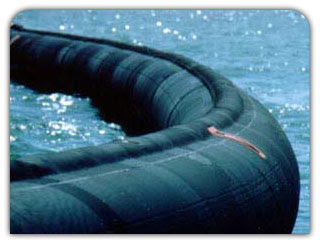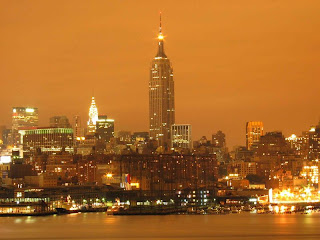
Every once in a while the government here passes out an order banning shop keepers from providing plastic bags to customers for carrying their purchases, with little lasting effect. Plastic bags are very popular with both retailers as well as consumers because they are cheap, strong, lightweight, functional, as well as a hygienic means of carrying food as well as other goods. Even though they are one of the modern conveniences that we seem to be unable to do without, they are responsible for causing pollution, killing wildlife, and using up the precious resources of the earth.
About a hundred billion plastic bags are used each year in the US alone. And then, when one considers the huge economies and populations of India, China, Europe, and other parts of the world, the numbers can be staggering. The problem is further exacerbated by the developed countries shipping off their plastic waste to developing countries like India.
Harmful effect of plastic bag:
Plastic bags litter the landscape. Once they are used, most plastic bags go into landfill, or rubbish tips. Each year more and more plastic bags are ending up littering the environment. Once they become litter, plastic bags find their way into our waterways, parks, beaches, and streets. And, if they are burned, they infuse the air with toxic fumes.
Plastic bags kill animals. About 100,000 animals such as dolphins, turtles whales, penguins are killed every year due to plastic bags. Many animals ingest plastic bags, mistaking them for food, and therefore die. And worse, the ingested plastic bag remains intact even after the death and decomposition of the animal. Thus, it lies around in the landscape where another victim may ingest it.
Plastic bags are non-biodegradable. And one of the worst environmental effects of plastic bags is that they are non-biodegradable. The decomposition of plastic bags takes about 1000 years.
Petroleum is required to produce plastic bags. As it is, petroleum products are diminishing and getting more expensive by the day, since we have been using this non-renewable resource increasingly. Petroleum is vital for our modern way of life. It is necessary for our energy requirements – for our factories, transport, heating, lighting, and so on. Without viable alternative sources of energy yet on the horizon, if the supply of petroleum were to be turned off, it would lead to practically the whole world grinding to a halt. Surely, this precious resource should not be wasted on producing plastic bags, should it?











